BYD’s new upmarket Yangwang brand has revealed its third production car: a 1000bhp-plus luxury saloon aimed at performance variants of the BMW i5 and Mercedes-Benz EQE.
Set to go on sale in China during the second half of 2024, the new four-door is based on BYD’s e4 platform – the same structure that underpins the Yangwang U8 SUV and U9 supercar.
The styling of the U7, created under the guise of former Audi design boss Wolfgang Egger, adopts cues already seen on the U9, including flamboyant C-shaped headlamp graphics, structured flanks and full-width tail-lights.
It also reflects a family resemblance with BYD-branded models – including the UK-bound Seal saloon – and accommodates wheels of up to 21in in diameter.
BYD is yet to reveal the dimensions of the U7, but Chinese reports suggest it could stretch to up to 5200mm in length and 2000mm in width.
Officials from the Chinese manufacturer claim it will be among the most aerodynamic efficient cars to enter production, with a drag coefficient that betters the i5 and EQE, at 0.195Cd.
In a Wednesday posting to its official WeChat channel, Yangwang said the U7 gets more than 1000bhp from four electric motors.
At this stage, it isn't known if the four-wheel-drive saloon will feature a range-extender powertrain, as used by the U8, or a pure-electric one, as found in the U9.
The REx system of the U8 combines a 2.0-litre four-cylinder petrol engine with four electric motors and a 49.1kWh lithium-iron-phosphate (LFP) battery. It develops 1180bhp.
The EV drivetrain used to power the U9 uses four electric motors in combination with a 100kWh lithium-iron-phosphate (LFP) battery. It develops 1100bhp.
BYD said the new Yangwang flagship will cost upwards of ¥1 million (£109,650) in China.

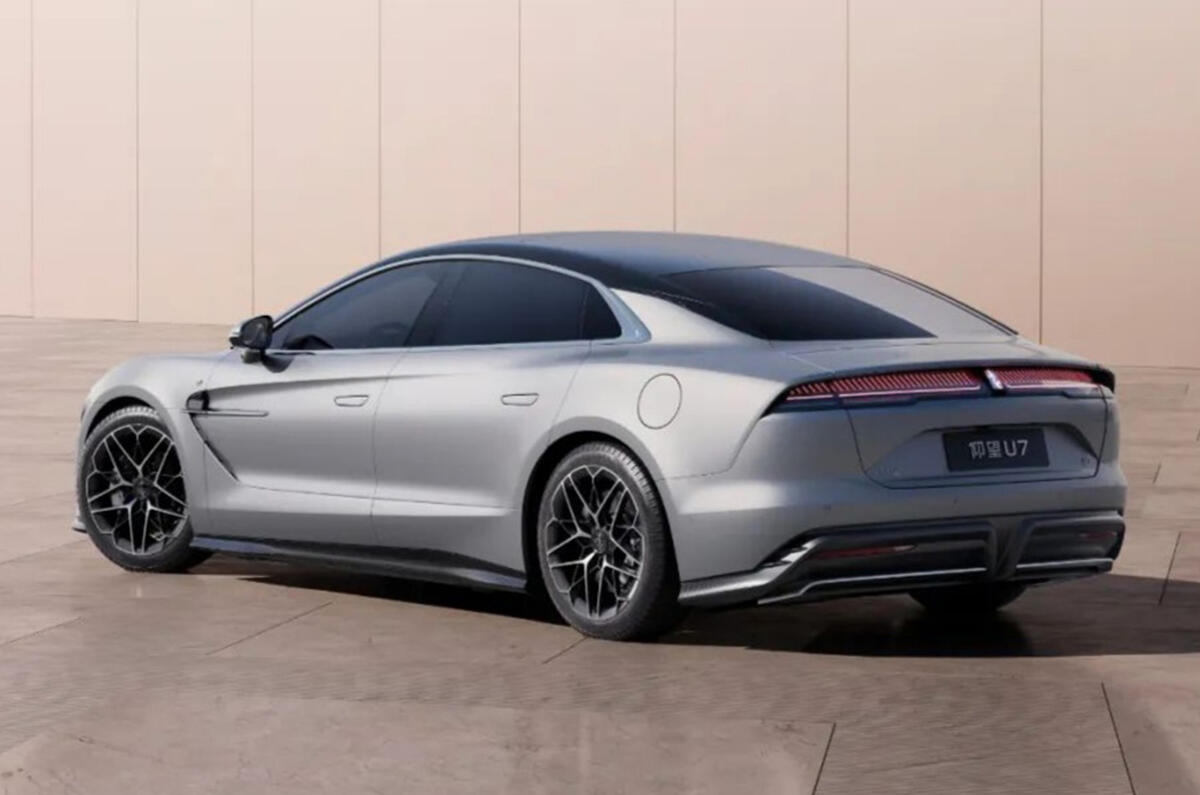
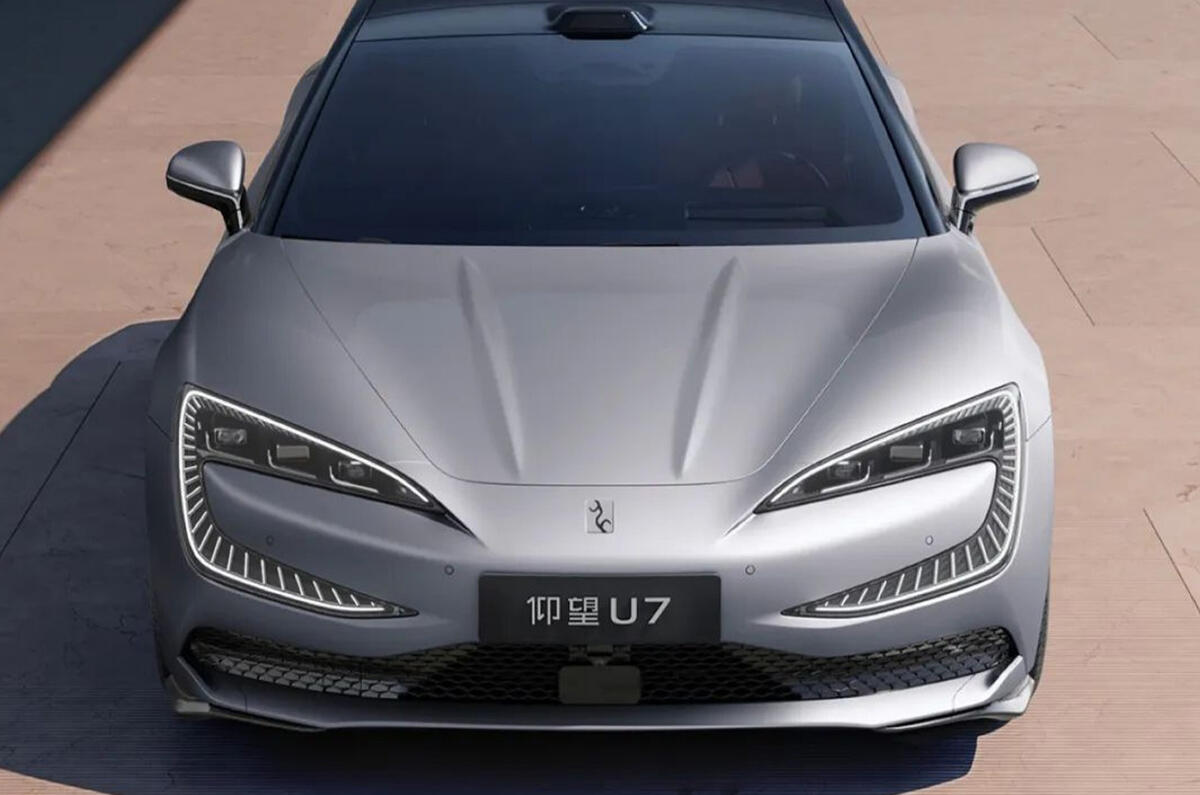
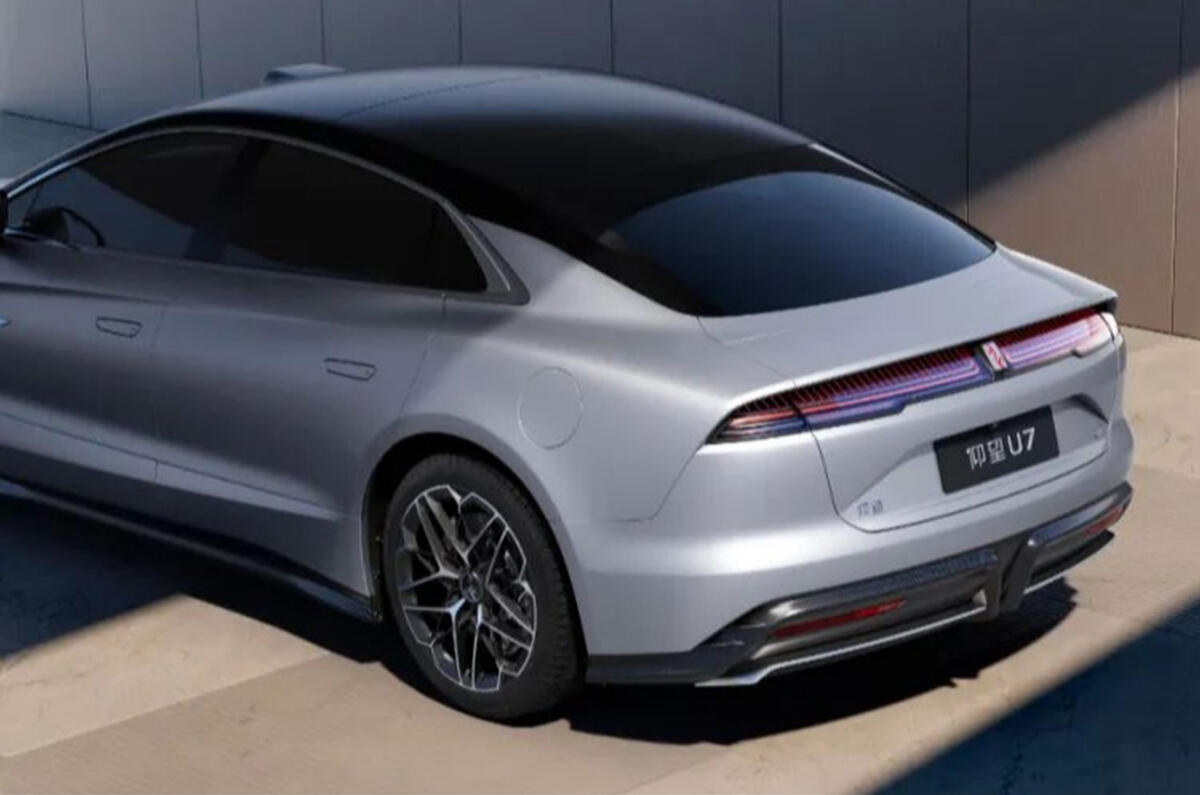
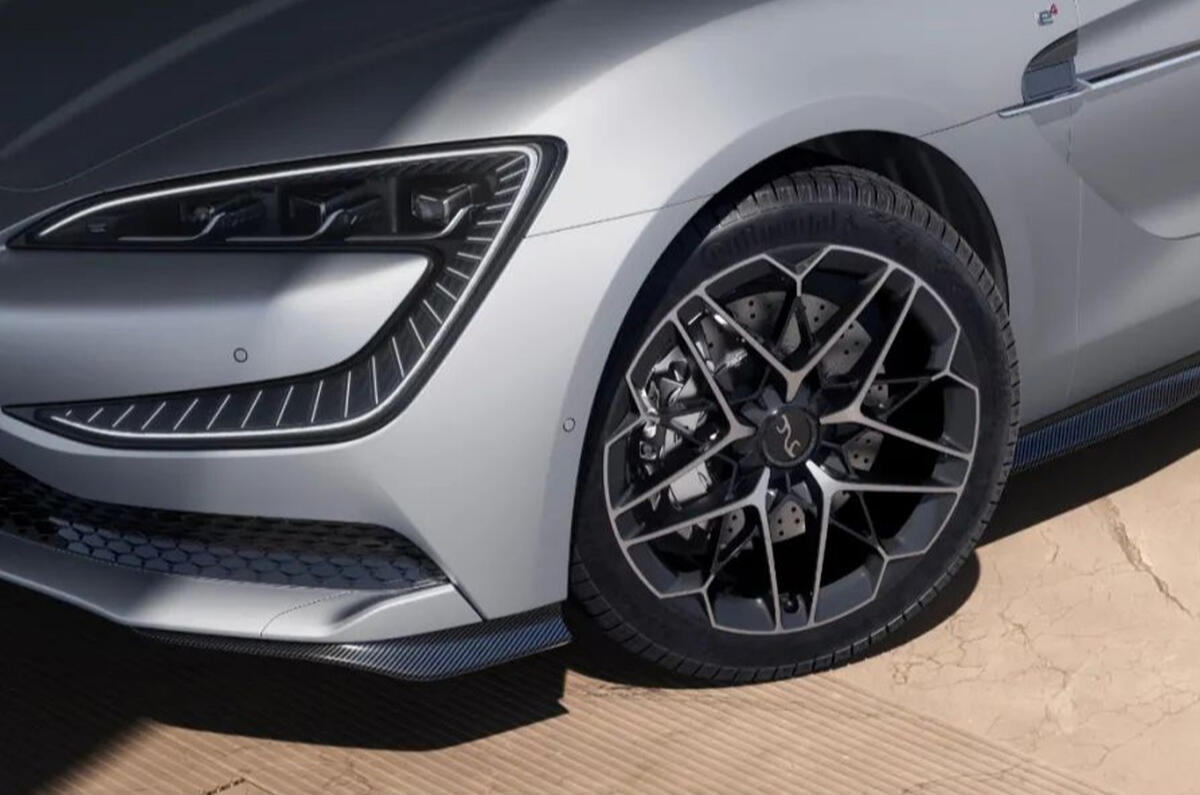

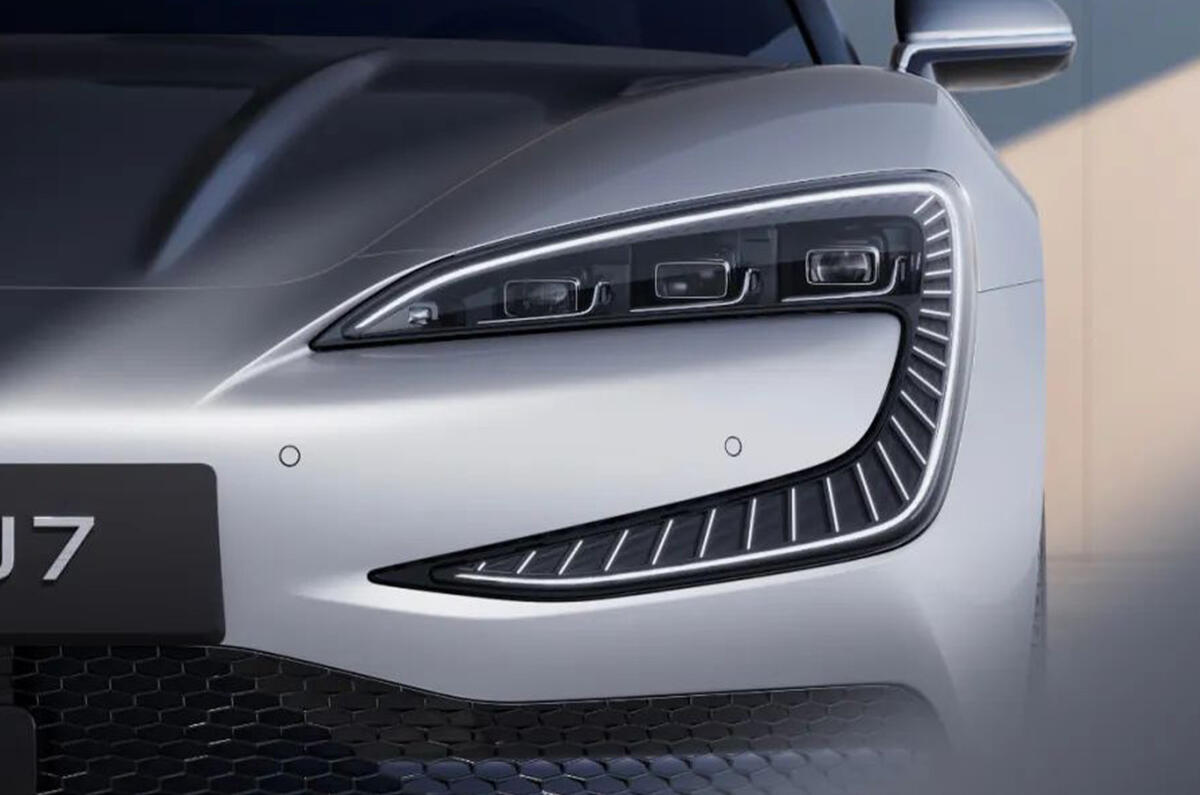
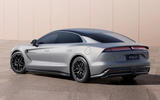



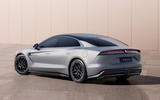
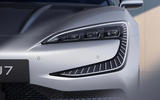


Join the debate
Add your comment
Chinese car stylists better than European?
The front end over styling is typical of many current European models (with the Italians excepted may be). Not a surprise then that this car was styled by a European.
European stylists seem to design a reasonably proportioned consistent shape and then feel the need adulterate it with some over styled, apparently random shaped lights, scoops and cut outs that detract from the overall form. Is this really what the market wants or do the manufacturers just copy each other with trends without proper customer feedback. Many Chinese styled cars actually emphasise the 'sculpture' and form of the car. For example look at the Expeng P7 or the Nio ET. The detailing looks like it belongs to the car and flows with form. (I've not checked if these are style by Europeans or may be my argument dies a death here.) Do the front lights contribute anything or even look like they belong on this BYD? The rest of the car looks pretty enough but it's a shame the front features do not seem to particularly belong or contribute to any kind of repeated theme.
As regards the market. Teslas styling is a good example of a company that does not copy styling trends, they don't have over styled features and are quite conservative in detailing and are responsible for some of the best selling, most desireable cars in various counties including European markets. Current BMW design features may further suport my argument.
Sick of this 0-60 in 2 secs stuff; you think the average muppet driver should have that much power at their disposal? ridiculous.
Well said. Couldn't agree more. If they can get 1000 bhp out of it then 500, or 400 bhp will be easy to acheive and a damn sight more sensible while still appealing to people want a quicker car, but the manufacturers can then devote more effort into producing lighter cars with a much better range and quicker charging times.
This obsession with massive power outputs is just insane. The flipside of this argument is that this thing (and others like it) costs over £100,000, so is out of reach for the majority of buyers. Also, in this image conscious country, how many people are going to pay that much for a Chinese car?
Don't get me started on the BHP!
I too agree with you MK. It's becoming tiresome.
The problem is, it is relatively cheap to engineer an EV with silly BHP for short periods; much easier than with ICE cars that would find economy and cooling an issue. So it is an easy win for the marketing people to draw attention to a car and the brand and boost sales in the short to medium term. It worked for Tesla and the public like gimics. The SUV popularity is largely based on the gimic that they are somehow lead to an intrepid life style.
If Tesla had chosen refinement as their main USP I suspect it would have drawn less attention. However EVs are also easier to develop as refined vehicles and refinement would be an every day appreciated quality. Too often the marketing impications are considered more important in the short term than common sense good engineering. Hence we have Teslas with underdeveloped suspension and NVH characteristics that sell very well because the performance has captured the public's imagination.
It's an automotive marriage made in heaven. The Yangwang by Wolfgang.